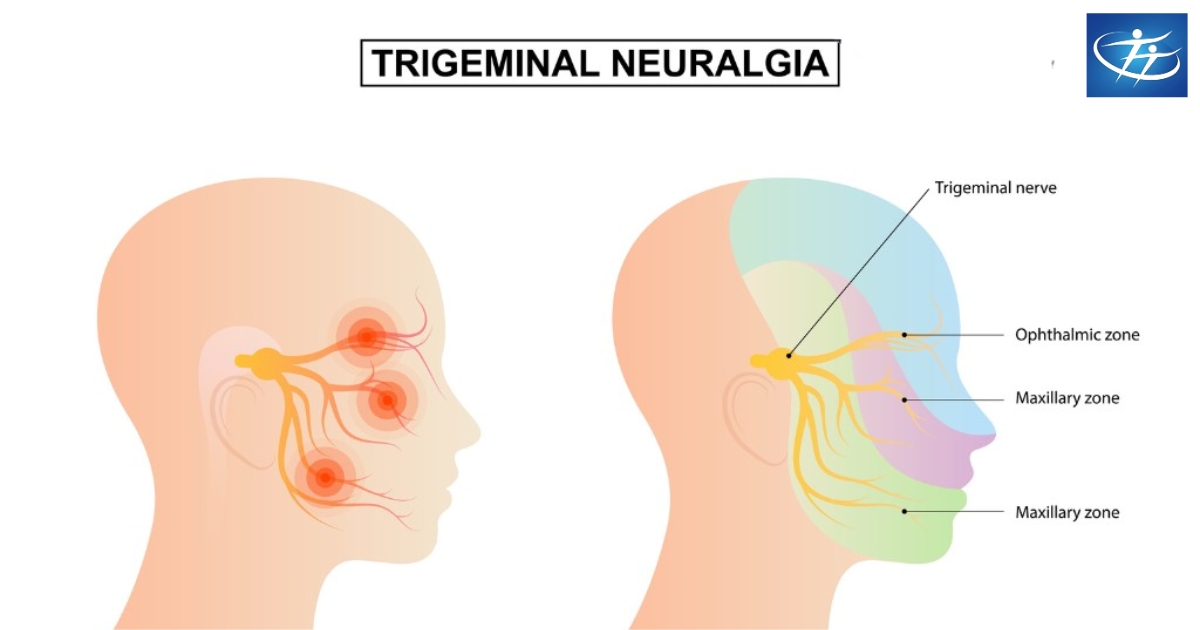Posture plays a crucial role in maintaining spinal health and preventing lower back pain. Whether sitting, standing, or moving, proper posture ensures that the spine is properly aligned, reducing strain on the muscles, ligaments, and discs in the lower back. In this blog, we’ll explore the importance of good posture and provide tips for maintaining it to prevent lower back pain.
The Impact of Poor Posture on Lower Back Health: Poor posture can place excessive strain on the structures of the lower back, leading to muscle imbalances, spinal misalignment, and increased risk of injury. Common examples of poor posture that contribute to lower back pain include:
- Slouching: Sitting or standing with rounded shoulders and a forward-leaning head can put undue pressure on the spinal discs and strain the muscles in the lower back.
- Prolonged Sitting: Sitting for extended periods without proper support or breaks can weaken the muscles supporting the lower back and lead to stiffness and discomfort.
- Standing Incorrectly: Standing with an arched back, locked knees, or uneven weight distribution can cause misalignment of the spine and exacerbate lower back pain.
Tips for Maintaining Good Posture: To prevent lower back pain and promote spinal health, it’s essential to practice good posture in everyday activities. Here are some tips to help maintain proper posture:
- Sit Properly: Sit with your back straight, shoulders relaxed, and feet flat on the floor. Use a chair with good lumbar support or consider using a cushion or rolled towel to support the natural curve of your lower back.
- Stand Tall: Stand with your weight evenly distributed on both feet, shoulders pulled back, and chin parallel to the floor. Avoid locking your knees or slouching forward.
- Take Breaks: If you sit for long periods, take regular breaks to stand up, stretch, and walk around to relieve pressure on the lower back.
- Use Ergonomic Equipment: Invest in ergonomic furniture and accessories, such as an adjustable chair, ergonomic keyboard, or standing desk, to support proper posture and reduce strain on the lower back.
- Exercise Regularly: Strengthening exercises for the core, back, and abdominal muscles can help support the spine and improve posture. Incorporate yoga, Pilates, or swimming into your routine to enhance flexibility and muscle strength.
The Benefits of Good Posture: Maintaining proper posture not only reduces the risk of lower back pain but also offers numerous benefits for overall health and well-being, including:
- Improved spinal alignment and stability
- Reduced muscle tension and fatigue
- Enhanced circulation and digestion
- Increased energy and confidence
- Prevention of musculoskeletal imbalances and injuries
Good posture is essential for preventing lower back pain and promoting spinal health. Practicing proper posture in daily activities and incorporating ergonomic principles into your environment can reduce strain on the lower back, alleviate discomfort, and improve overall quality of life.



